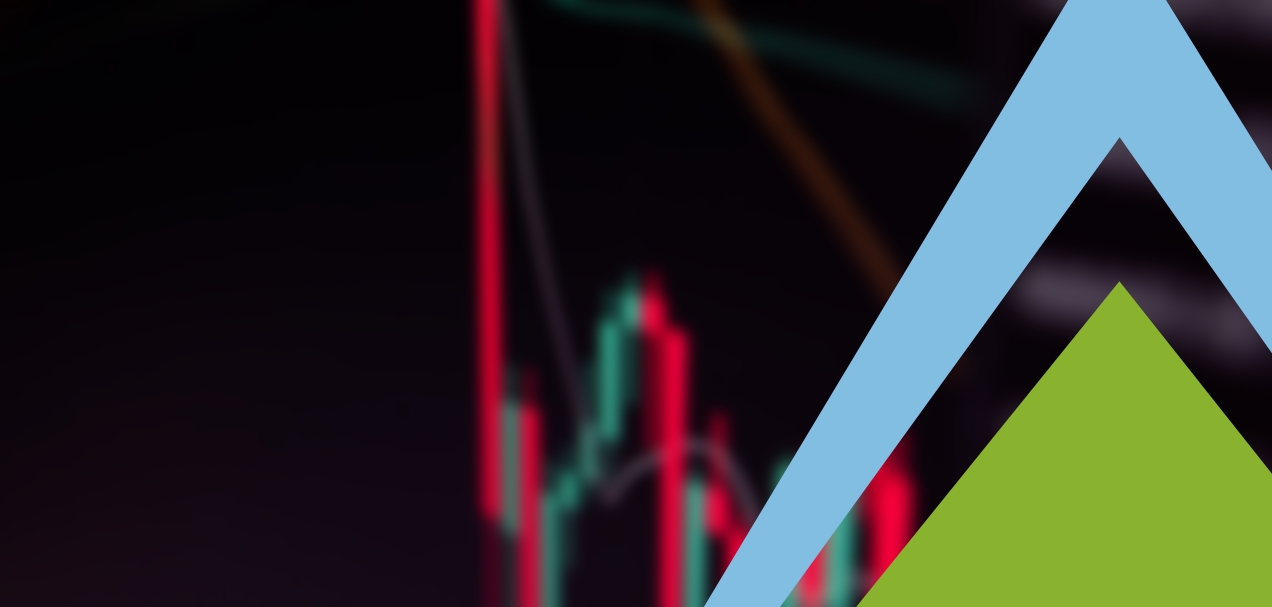US gross domestic product (GDP) grew by a whopping 4.9% in Q3 compared to the previous quarter, supported by robust consumer spending, UP 4% after rising by just 0.8% in Q2. While growth in gross private domestic investment (+8.4%) along with government spending and investment (+4.6%) also contributed to the positive outcome, personal consumption remains the most significant portion of GDP, accounting for 68% of the total. Americans spent more throughout the summer, with personal consumption expenditures rising from the previous month by 0.8% in July, 0.4% in August, and 0.7% in September, according to the U.S. Bureau of Economy Analysis.
Spending jumped as thousands flocked to big ticket entertainment events such as Taylor Swift and Beyoncé concert tours, while the Barbie and Oppenheimer movies created a buying frenzy as audiences swarmed theaters in coordinated pink outfits. Bloomberg Economists estimate that the nearly 50 scheduled US concerts between the artists could result in an additional $5.4 billion in consumer spending to third-quarter GDP, and the films could inject another $3.1 billion. When combined, that could raise annualized real personal consumption expenditures by 0.7 percentage points in the third quarter, a significant game changer considering annualized personal consumption in Q2 was revised down from the initial reading of 1.7% to 0.8% in the third estimate.
But, while the boost in spending and subsequent rise in Q3 GDP would suggest that the US economy is doing well, the data is retrospective. Yes, Americans spent more throughout the summer; however, it was not because they had more money to spend. While expenditures were up, disposable personal income barely rose compared to the previous month in July (+0.0%), August (+0.3%), and September (+0.3%). Meanwhile, the personal savings rate, savings as a percent of disposable income, declined throughout those months from 4.1% in July, 3.9% in August, and 3.4% in September.
Ultimately, consumers spent more and saved less in the summer, likely due to more than a year of rising prices for food, fuel and rent, record interest rates and a waning job market, having burned through their savings and purchasing more on credit. The consequences of a fun summer of reckless spending are beginning to materialize, creating a much more ominous outlook for the end of 2023 and into 2024. An analysis from the Federal Reserve Bank of San Francisco estimated that Americans’ personal savings would be entirely depleted by the end of September. Similarly, Bloomberg calculations showed that the poorest 80% of the population now have less cash on hand than before the pandemic.
Q2 2023 credit card debt results show the impact of high inflation and interest rates on household debt. According to the Federal Bank of New York, credit card balances saw the largest increase of all debt types in Q2, UP $45 billion from Q1 2023, surpassing $1 trillion for the first time in the series history. In the past three years, consumers opened 70 million new credit card accounts, while 69% had an open credit card account in Q2 2023. Of all debt categories, credit cards have seen the largest transition into delinquency over the past year, with 30-day delinquency climbing from 4.7% in Q2 2022 to 7.2% in Q2 2023, while serious delinquency (90+ days) rose from 3.3% to 5.0%. Zeroing in on the change between the first and second quarters of 2023, 30-day credit card delinquency rates jumped from 6.5% to 7.0%, and serious delinquencies climbed from 4.7% to 5.0%. Consumers dug themselves into debt in the second quarter of the year, and with their spending up in Q3, it is likely the mountain of debt has only grown.
What Q2 and Q3 data will not reflect, however, is a significant change to consumer finances that occurred at the beginning of October: the resumption of student loan payments. The Education Data Initiative reports that 43.6 million Americans have $1.766 trillion in student loans, with federal student loans accounting for 93% of the category. In Q1 2020, before the student loan moratorium commenced in March, which stopped collections on defaulted loans and reduced interest rates to zero percent, new student loan delinquency sat at 9.1%. Serious student loan delinquency, greater than 90 days, was 8.8%, the highest of all debt types. Student loan interest accrual resumed on September 1, 2023, with the first payment due in October. It is estimated that the average borrower will pay $503 per month, an incredible additional expense to consumers, especially considering this cost has not been in families’ budgets in over three years and prices for goods and services are 19% higher in September 2023 compared to when the pause began. This extra cost to consumers is already elevated, and continued rising living expenses will result in a reduction in personal consumption, greater accumulation of debt, or a combination of both. Either way, the outcome does not support strong economic growth in Q4 2023 into 2024.
All summer, Americans kicked the proverbial can down the road when it came to spending. Some bought on credit, with an average APR of 20%, expecting to repay the debt later (or never). Others pulled from their savings, an ephemeral supply that is now nearly if not wholly, drained. In the end, excessive consumer expenditures have propped up the US economy in 2023 but can not last forever. With the newly added burden of student loans weighing on their shoulders, it is only a matter of time until there is nothing left to spend.


